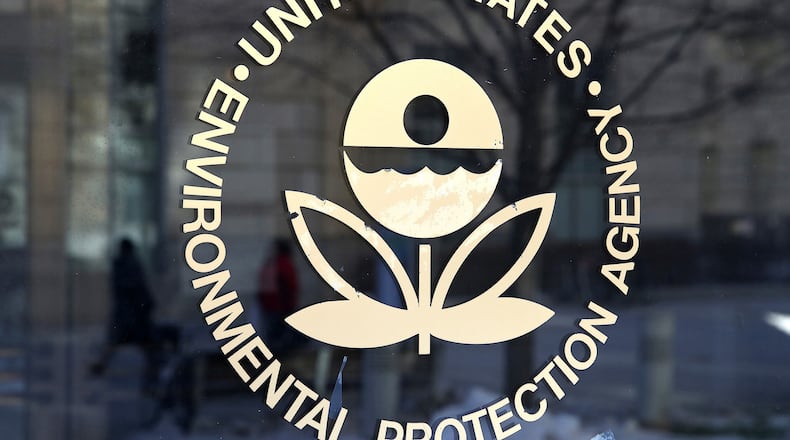The Environmental Protection Agency issued an emergency order Monday involving an Atlanta metal processing facility, citing the “imminent and substantial endangerment” its hazardous waste releases may pose to the public and the environment.
The facility, run by TAV Holdings Inc., backs up to Crawford W. Long Middle School in the Glenrose Heights neighborhood in south Atlanta. The emergency order requires that the facility cease all activities that could trigger additional releases and contain all on-site material. In addition to other requirements, the company must provide weekly updates to the EPA.
In the press release announcing the order, the EPA cited the plant’s proximity to the middle school and its location in an “overburdened neighborhood.”
“This order will help to ensure the health and safety of the local community surrounding this facility and of the children attending the school nearby,” EPA Region 4 Administrator Daniel Blackman said in the press release.
Attempts to reach TAV Holdings for comment were unsuccessful, but an EPA spokesperson confirmed that the plant has not been shut down.
The company has never provided any information to the EPA or the Georgia Environmental Protection Division about hazardous or solid waste produced on the site, the EPA’s press release said.
Last year, site visits by EPA and the Georgia Environmental Protection Division revealed “significant concerns related to TAV’s operations, including its management of waste materials, process water, stormwater and wastewater.” Wastewater with sediment was spotted running off the site and into an unnamed nearby tributary of the South River, the press release said. Inspectors also found large, uncontained piles of waste at the facility, according to the agencies.
TAV has been cited for multiple violations by the Occupational Safety and Health Administration, including a host of “serious” violations earlier this year. In 2019, the company was cited for violations after a forklift incident that fatally injured a welder there.
The EPA also announced that it will be collecting soil and sediment samples from areas downstream of the facility to determine how widespread contamination is around the site. The agency also committed to outreach and communication with local residents about their concerns.
About the Author
Keep Reading
The Latest
Featured



